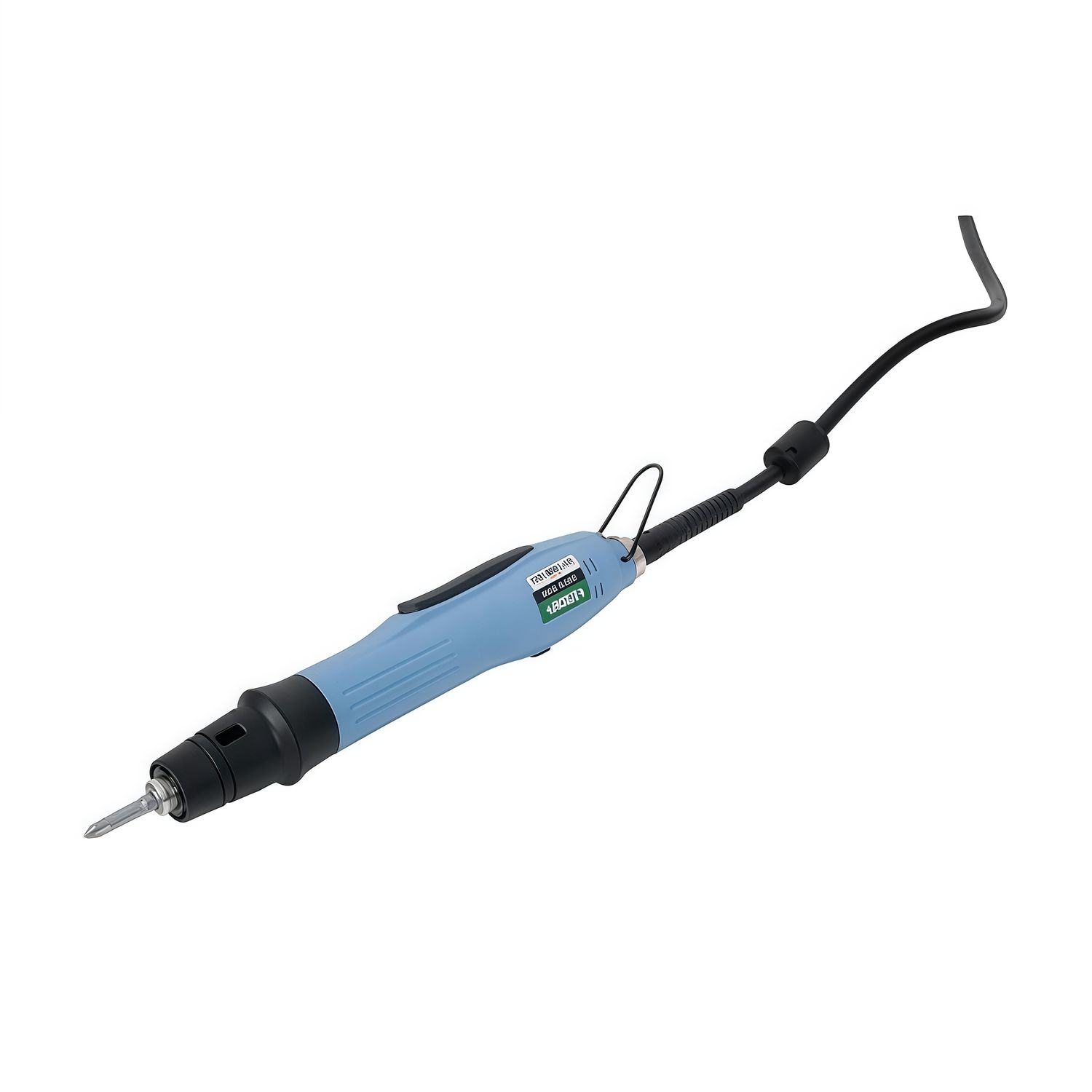Electric screwdriver
Electric Screwdriver or Manual Screwdriver? 5 Key Differences When Deciding to Invest
Screwdrivers in general are overly familiar and almost indispensable in any workshop, factory, or household. However, as more electric screwdriver lines appear on the market, many people are starting to ask: Is it worth investing in an electric screwdriver to replace the traditional type?

The answer lies in how you use them and when the job demands it, which sometimes relates to actual working experience. Simply put, if your job only requires occasional screw removal, screwdriver is sufficient, but if you work continuously in an assembly, maintenance, or manufacturing environment, the electric screwdriver becomes a sound investment.
This article will point out 5 practical differences between the two types of screwdrivers so you can make an easier decision.
Speed and Stability During Work
First, let's talk about the speed when using both. With a manual screwdriver, every action depends on the manual force of the user. Tightening a few screws might be fast, but when having to repeat the action hundreds of times, the speed naturally decreases significantly. The hand starts to tire, the tightening force becomes inconsistent, and stability gradually declines.
Conversely, the electric screwdriver helps maintain a fixed speed throughout the work process. With a simple press of a button, you can complete the same amount of work many times faster without expending effort. That is also why in assembly lines or repair facilities, nearly 100% of technical workers use electric screwdrivers instead of the common manual type.
Better Force Control
With a manual screwdriver, the tightening force relies entirely on feel. If too much force is applied, the screw head can strip, or even damage the material surface. If the force is too weak, the screw can easily loosen over time.
Electric screwdrivers are now equipped with a torque adjustment function, meaning you can set the desired tightening force limit. When that level is reached, the machine will automatically stop. This is especially crucial for jobs requiring high precision, such as assembling electronic components, circuit boards, or small mechanical parts.
You may be interested in: Little-Known Facts You Need to Know About Screwdrivers.
Reduced Hand Fatigue and Easier Operation
After many hours of continuous screwdriving, you certainly understand that hand fatigue or wrist numbness is normal. For experienced workers, this might be tolerable, but for newcomers, the sensation is quite uncomfortable, isn't it?
The electric screwdriver helps eliminate most of the mechanical force the hand has to endure. The user only needs to position the screw head and press the button; the entire rotational force is handled by the electric motor. As a result, muscle strain is significantly reduced, allowing you to work longer while maintaining accuracy.
Reality shows that with the same workload, users of electric screwdrivers can work 30–40% faster than those using manual screwdrivers without experiencing fatigue or a drop in efficiency toward the end of the shift.
Consistent Stability for Hundreds of Daily Screwing Tasks
A less-noticed but very important advantage: the electric screwdriver provides a high degree of consistency between operations. While with a manual screwdriver, every person, every day, and every turn can be different, the electric screwdriver ensures the force, speed, and direction of rotation are always the same.
Furthermore, the structure of the electric screwdriver is generally designed to be more robust and wear-resistant. The screw tip is made of hardened tool steel, the shank is often insulated, and the body is well-balanced, providing a secure grip. These seemingly small details allow users to work continuously while remaining safe.
For example, with the INSIZE HES-E901A model distributed by EMIN, users can maintain stable force and speed across hundreds of operations. You can also refer to the full selection at Insize Electric Screwdrivers, as well as other popular brands like Vessel, Bakon, ASA, etc.
Investment Cost and Long-Term Benefits
At first glance, the electric screwdriver has a higher price than a manual one, sometimes 5–10 times more. However, when calculating the overall costs, this turns out to be an economical investment.
The reasons are simple:
- You complete the work faster, saving considerable time.
- Reduces material wear and tear due to consistent tightening force, preventing damage to screws or materials.
- Reduces muscle strain injuries, a factor many people overlook but is very real.
Increases productivity, especially if you work in shifts or based on production output.
These are the basic differences between electric screwdrivers and manual screwdrivers. Depending on your job requirements, choose the appropriate type of screwdriver to achieve the highest efficiency.
-
-
-
-
-
-
-
-
-
-
-
-
-
-
-
-
-
-
-
-
-
-
-
-
